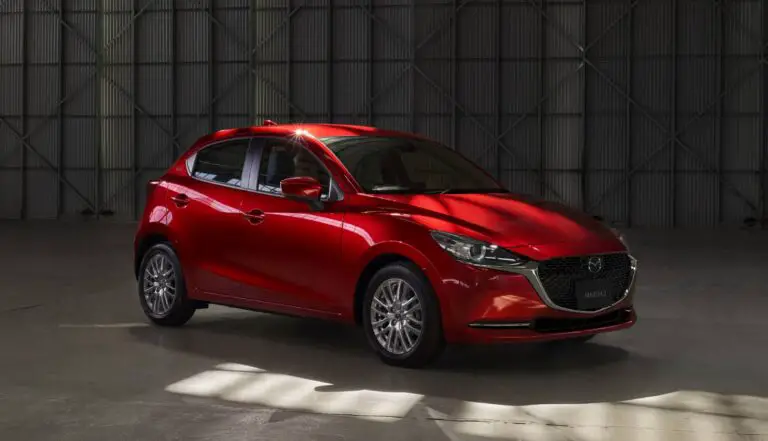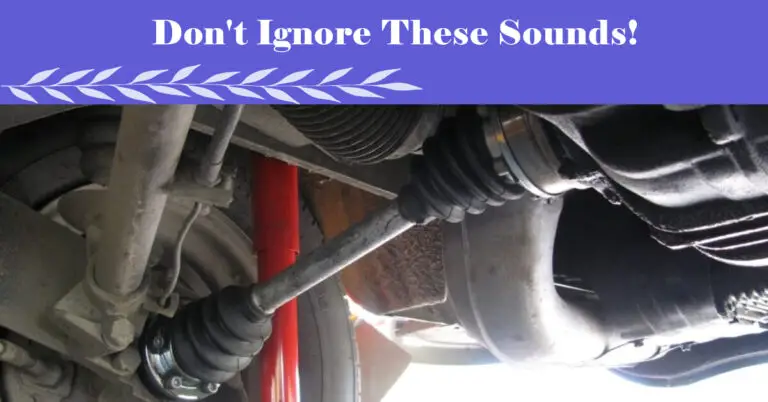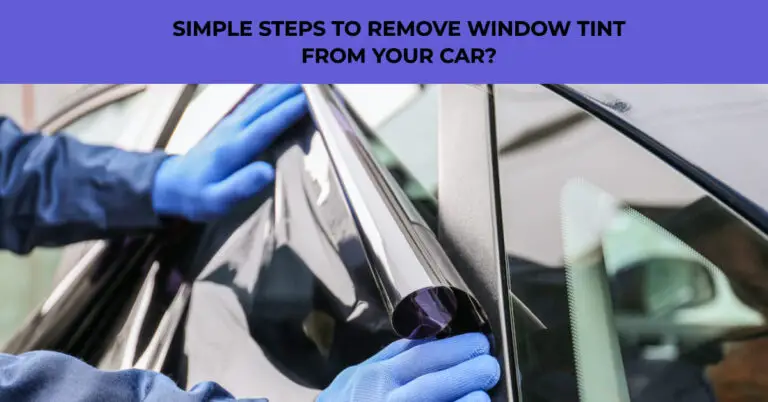How Long Does It Take For A Car To Cool Down?

It’s a familiar scene – you walk through the parking lot on a sweltering hot summer day, dreading the moment you have to get into your superheated car. As soon as you open the door, you’re blasted with a wave of scorching air. The steering wheel is too hot to touch and the seats burn the back of your legs. You crank the A/C up to max trying to get cool air, but it feels like you’re waiting an eternity for your car to finally be bearable to drive.
We’ve all been there. But exactly how long does it take for a hot car to cool down? Is there anything you can do to speed up the process? This complete guide will cover all the key factors that affect how quickly your car cools off, plus simple tips to get back on the road faster on those blistering hot days.
Table of Contents
How Hot Is Too Hot? Understanding Interior Car Temperatures
Before we look at cooling times, it helps to understand just how ridiculously hot the inside of a car can get. We’re not just talking a gentle warmth here – the temperatures can skyrocket to dangerous levels.
Numerous studies have shown that when it’s 90°F outside, the interior of a car parked in direct sun can climb all the way up to 119°F within just 20 minutes! And it continues to rise from there. Here are some typical interior temps based on different outside air temperatures:
- 70°F Outside – 100°F Inside
- 90°F Outside – 119°F Inside
- 100°F Outside – 129°F Inside
- 110°F Outside – 139°F Inside
So even when it doesn’t feel that hot outside, the greenhouse effect of your car’s windows can create a scorching sauna inside the cabin once the sun has been shining on it for a bit.
And on a very hot sunny day where the mercury hits 100°F or above, interior temps can exceed 150°F in some cases! No wonder it feels like an oven when you first get in.
Key Factors That Affect Your Car’s Cool Down Time
Okay, so we know it gets wicked hot inside a car on a sunny day. But what determines how long you’ll be roasting before it starts cooling down? There are a several key variables that impact the length of time it takes for your car’s interior to go from scalding to comfortable:
Outside Air Temperature
This one is obvious – the hotter it is outside, the longer it will take for your car to cool down. For example, if it’s a mild 70°F day, your car will cool significantly faster compared to a blistering 110°F summer scorcher. The temperature differential is much smaller on the mild day, so it requires less time for the cabin air to reach equilibrium.
Color of Your Car
Believe it or not, the color of your car makes a huge difference in both how hot it gets in the first place and how quickly it’s able to cool back down. Darker colored cars with paint jobs like black, dark blue, dark red and dark gray absorb a lot more heat from sunlight than lighter colors like white, silver, tan and light blue.
In fact, studies show that on a 90°F day, the interior of a black car can reach 133°F, while a white car only climbed to 124°F. That’s nearly a 10 degree difference just based on paint color alone!
So because darker cars get significantly hotter inside to begin with, they will also take longer to cool back down than their lighter colored counterparts.
Tinted Windows
Tinting your car’s windows helps cut down on interior heating in two ways. First, it blocks some of the solar radiation that would otherwise pass through and heat up the air. Second, the tint forms an insulating buffer zone between the car interior and the greenhouse windows trapping the solar energy. This slows the transfer of heat into the cabin.
Cars with heavy tinting on the windows can remain up to 50°F cooler inside than untinted cars. Since they don’t get as hot in the first place, tinted cars will also cool down significantly faster once parked. A car with 20% tint may only take 10-15 minutes to become comfortable on a mild day versus 25-30 minutes with no tint.
Make, Model, and Type of Vehicle
The make, model and type of vehicle impacts cooling times for a few reasons. First, older cars tend to have poorer insulation compared to late model vehicles, which allows more heat soak into the cabin. Trucks and SUVs also have more interior cabin space to cool compared to smaller sedans or hatchbacks.
Since newer, compact cars are better insulated and have less volume to cool, they tend to drop in temperature faster than older SUVs or trucks. However, some newer luxury models have features like ventilated seats, remote start A/C, and triple-pane glass that dramatically cut cool down times. So it depends heavily on the individual vehicle specs.
Using Remote Start to Pre-Cool
Many newer vehicles now come with remote start capability as a standard or add-on feature. This allows you to pre-cool the cabin by firing up the air conditioning 5-10 minutes before you get in the vehicle. The A/C doesn’t even need to be blasting – just having it on and lightly cooling makes a big impact.
Remote starting your car before leaving the house or office is one of the simplest ways to significantly reduce the hot car cool down period. The interior will already be pre-chilled once you get in.
Exact Cooling Times Based on Temperature
So how long should you expect to wait until your scorching car interior reaches a comfortable temp? Here are some estimates based on the key factors above:
70°F Day, Light Colored Car, No Tint
- Cooldown Time: Roughly 7-10 minutes with A/C blasting
90°F Day, Dark Car, Light Tint
- Cooldown Time: 10-15 minutes with A/C on full
100°F Day, SUV, Untinted Windows
- Cooldown Time: 15-25+ minutes idling with max A/C
105°F Day, Black Car, No Tint
- Cooldown Time: 20-30+ minutes idling with A/C on max
As you can see, the exact cooling time can range dramatically based on the variables for your specific car. In extreme heat, heavy vehicles with dark paint and no tint may take 30 mins before the interior is comfortable.
But for mild days or vehicles that don’t heat up as drastically, you may only wait 5-10 minutes for a comfortable cool down.
Tips and Tricks to Cool Your Car Faster
If you’re tired of broiling in your oven-on-wheels before driving home, here are some useful tips to slash the amount of time you have to wait for the interior to cool down:
- Crack the Windows – As soon as you park your car, open the door and lower all four windows at least a few inches. This allows the pent-up hot air to escape as the car cools. But don’t leave them down if rain threatens.
- Use Sun Shades – Invest in high quality sun shades for your windshield and side windows. This blocks a portion of the solar heat that warms the interior. Fold up and store them under seats when not needed.
- Park in the Shade – Find a shady parking spot under a tree or carport whenever possible. Blocking the sun prevents the greenhouse effect inside your car.
- Tint Your Windows – Adding aftermarket tint, especially on big expanses like the windshield and rear window, will reduce heat gain and cool down times. Go as dark as legally allowed.
- Remote Start A/C – If your car has remote start, use it to pre-cool the cabin before leaving the house or office. The A/C doesn’t need to be frigid, just taking the edge off helps immensely.
- Idle with Max A/C – Be sure to idle the car after getting in without driving off immediately. Let the A/C blast on full for several minutes to get cold air cycling ASAP. Avoid idling for more than a few minutes though to save gas.
The Bottom Line
Escaping a blazing hot car interior as quickly as possible makes driving in summer much more bearable. Understanding the factors that determine cool down times allows you to make changes to reduce your wait.
Small steps like parking in the shade, cracking your windows, and using remote start to pre-cool your vehicle can slash several minutes off the time until comfortable temps are reached. And drivers in sunny climates would be wise to consider tinting their windows if they don’t already have it.
So don’t dread getting into a scorching car again. With our tips above, you’ll stay cooler and get back on the road faster when you utilize a few simple cooling strategies. The difference is night and day compared to just hopping in and cranking the A/C. Use what you learned today to outsmart the heat and enjoy the drive!







